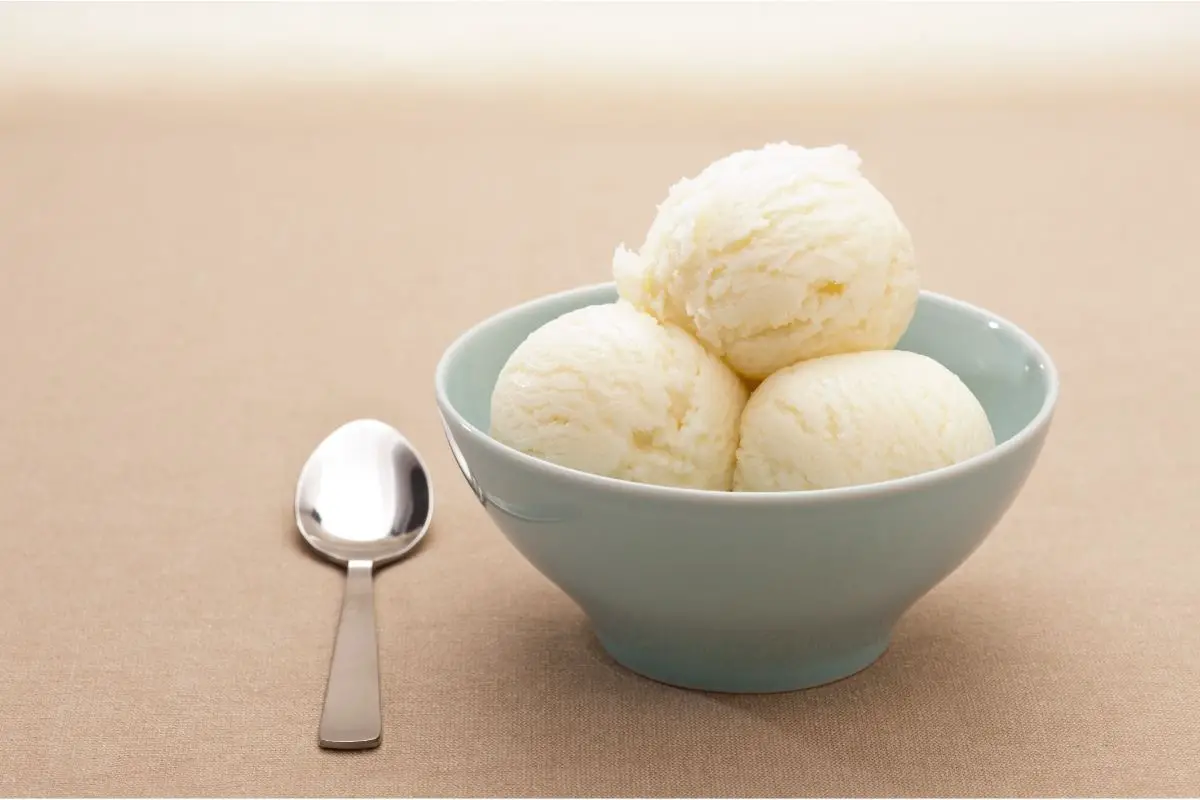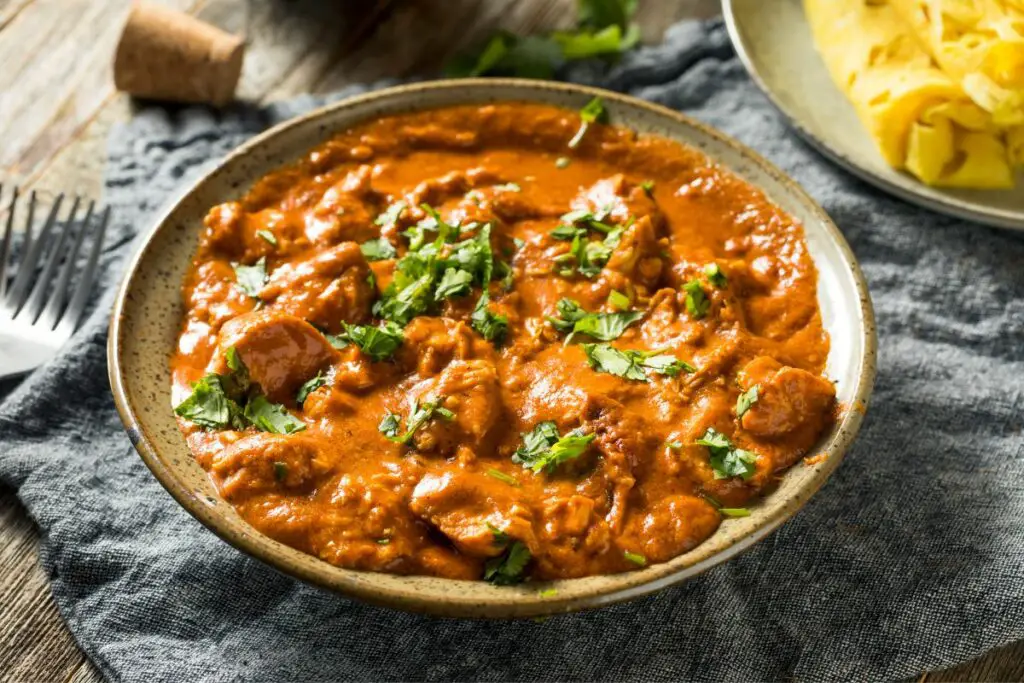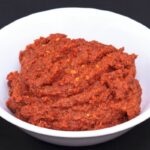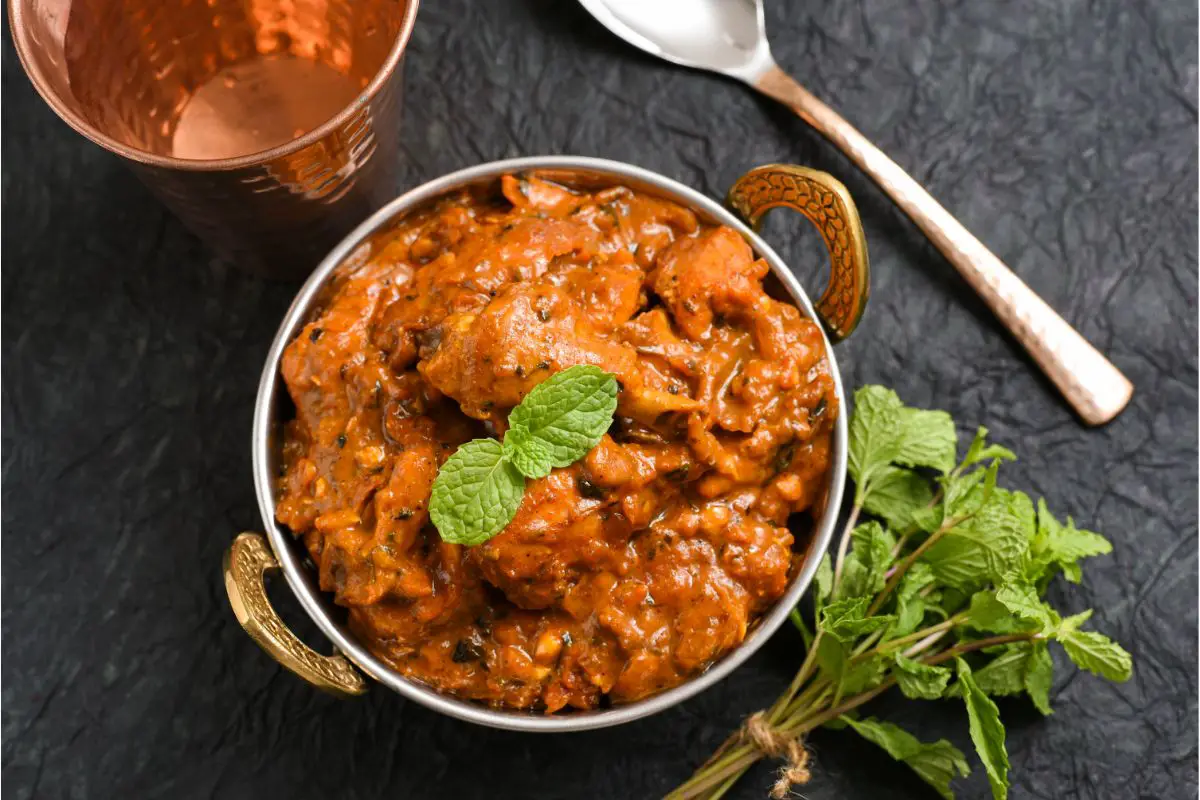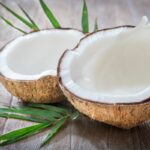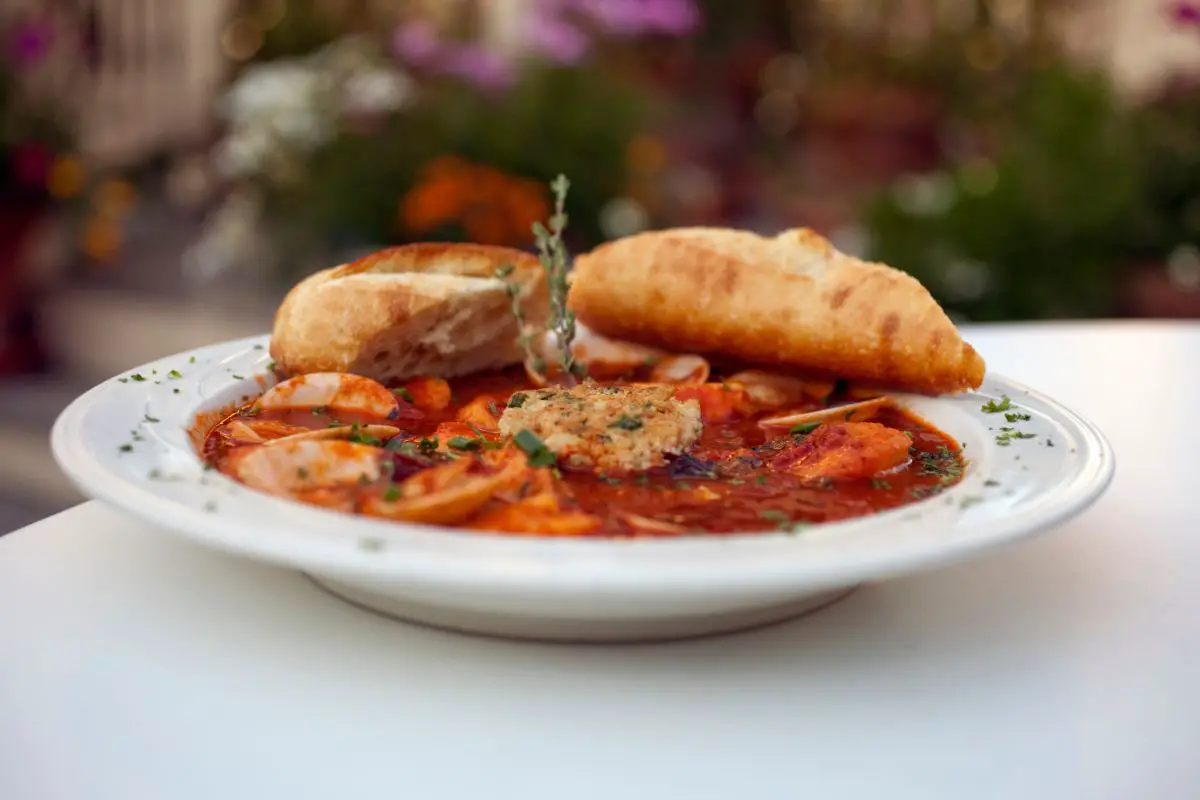Many of you might have heard the term ‘masala’ from some of your favorite Indian dishes – with one notable example being the ‘chicken tikka masala’, a popular curry dish enjoyed around the world.
But what exactly is ‘masala’, and what does it actually taste like?
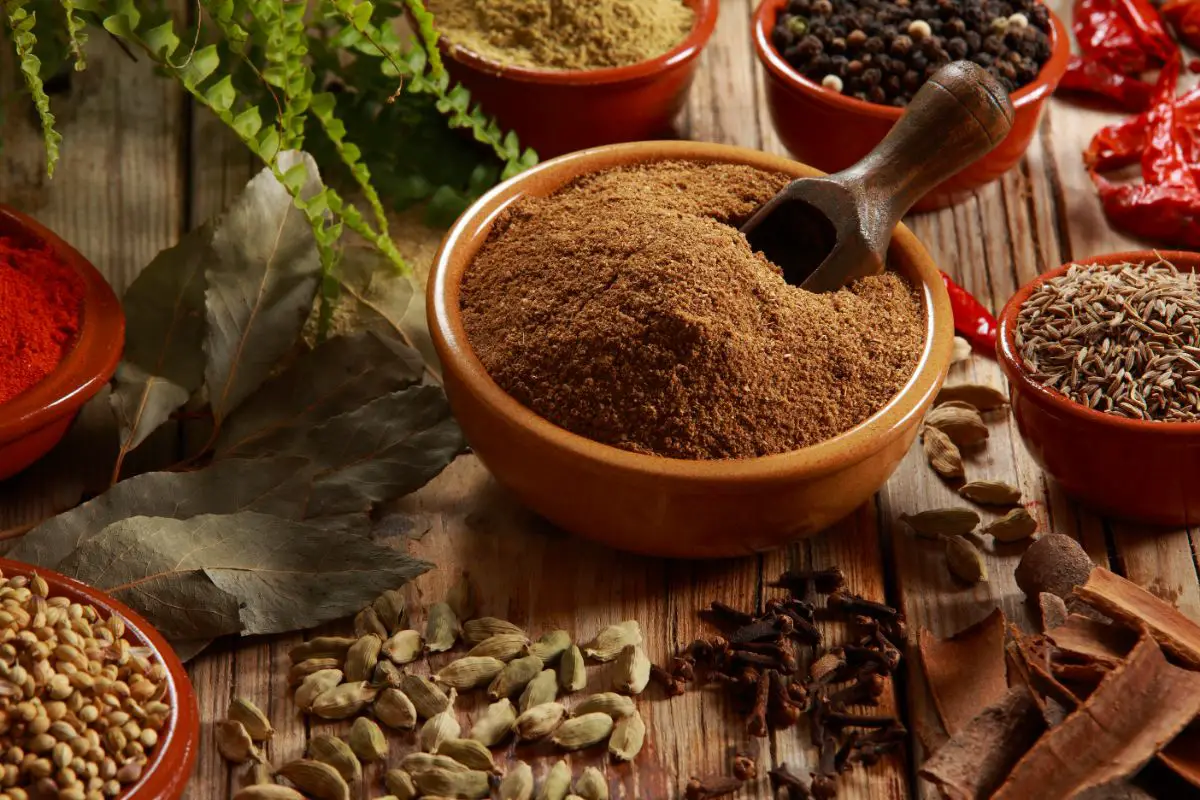
What Is Masala?
Otherwise known as garam masala, masala is a blend of ground spices that have become a popular addition to curries and other Indian, Pakistani, Nepalese, Bangladeshi, Sri Lankan and Caribbean dishes.
Generally speaking, the Indian version of masala consists of fennel, Indian bay leaves, black and white peppercorns, cloves, cinnamon or cassia bark, mace (the other covering of nutmeg), black and green cardamom pods, cumin, coriander seeds, and red chili powder.
The ratios of these ingredients are subject to change, and generally depend on the tastes and choices of the restaurant or chef in question.
They can also be combined with other spices, hotter chilies, or other textures – including water, vinegar, nuts etc.
The masala is considered a mild, mid-range spice blend designed for general appeal – and as such it is not especially spicy.
Where Did The Masala Originate?
While popular throughout the world, especially the Indian subcontinent, the masala blend of spices originates from India itself, where it is considered a much loved and historic aspect to the country’s culinary traditions.
What Does Masala Taste Like?
This of course depends on the ratios of the different spices that are added to the mix, however, the flavor is generally a balanced one – containing sweetness, tanginess, spice, earthy, and with plenty of fragrance.
Generally speaking though, the taste is one of moderate spice with a hint of sweetness – giving it a generally pleasing finish, which is why it is so popular on the mainstream culinary market.
Does Masala Taste Nice?
Of course, when we talk about foods being ‘nice’, this is a subjective term that very much relies on the opinions and preferences of the individual.
However, in the curry world, a masala is considered in the mid-range, appealing to spice lovers and non-spice lovers alike due to the balance of flavors, hints of sweetness, and lack of intense heat.
That being said, there are those who consider masala to be too hot, and there are those who consider it to be too weak – favoring more intense and hot blends of chilies and spices – so this does very much come down to personal taste.
What Is Masala Used For?
While masala is predominantly used in curries – at least on the global market – in India and the surrounding regions it has many different uses, ranging from chai tea, to snacks.
The former is popular in several locations around the world, and is considered a source of health and wellbeing – combining the spice mix with loose tea leaves and brewing with hot water.
Is Masala Healthy?
While the ingredients themselves have notable health and nutritional benefits – many of which have been incorporated in food and medicine for centuries – it is the combination of ingredients into a curry that usually causes unhealthiness.
However, if curries are made using the traditional Indian method – with no preservatives, saturated fats, and other harmful ingredients – then it is far healthier, at least when compared to store bought curries.
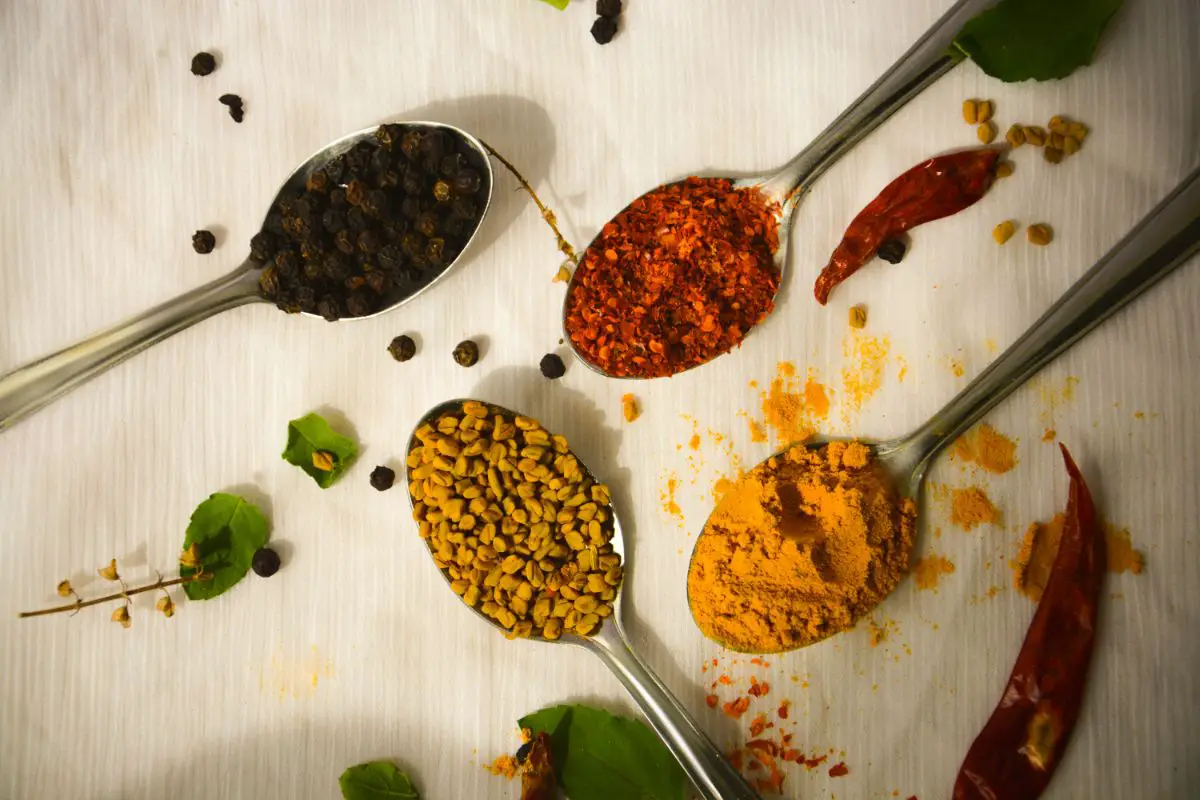
Does Masala Have Any Health Benefits?
When we break down the spices and ingredients individually, there are numerous health benefits – which represent why spices have been used in food and medicine for so much of our collective history.
Aids Digestion
Firstly, the combination of spices in masala are great for aiding digestion.
One reason for this is cumin, which has been proven to boost digestive enzymes, and has even been the subject of studies looking into curing irritable bowel syndrome.
Black pepper, another common ingredient, is also known to have positive effects on the digestive system, as well as bodily health in general.
Much of this won’t come as a surprise to spice lovers, who know just how quickly a spicy meal can hurry along digestion!
Provides Strong Antioxidants
On their own each of the spices already contain powerful levels of antioxidants, and when they are combined this number increases exponentially.
Antioxidants are good for stopping and slowing down bodily decay – something we all experience as we age – as well as slowing the growth of cancer cells in some cases.
Regulates Blood Pressure
Masala spices are also good for promoting good heart health through the regulation of blood pressure.
Cardamom has shown promising results towards lowering blood pressure, while spices like coriander have been known to lower cholesterol, as well as the levels of triglycerides in the body.
Reduces Inflammation
Masala spices are also good for reducing inflammation – and in fact spicy foods have long had an association with bodily healing and the calming of irritation.
This might sound strange to those people who do not like spice, and in fact are irritated by spicy food, but on an internal bodily level, these spices work wonders.
Cardamom in particular has been shown to have great anti-inflammatory properties, thus helping to ease chronic conditions like fibromyalgia and arthritis – amongst other illnesses and conditions.
Lowers Cancer Risks
There is also some evidence to suggest that masala spices can have a distinct impact on lowering cancer risks in people.
Cloves in particular have been shown to promote and encourage normal cellular growth, stop tumors from growing, and even help to control the earlier stages of serious illnesses like lung cancer.
Kills Oral Bacteria
Cloves and cardamom have also been shown to have a distinct impact on oral bacteria, helping to kill the germs and sterilize the mouth against further bacteria.
Nutmeg has also been shown to kill many of the bacteria that can cause tooth decay.
Helps Nutrient Absorption
Perhaps surprisingly, spicing up your meal has actually been shown to increase your nutritional absorption from your food.
This is because of the inclusion of black pepper, which is known to increase the absorption of minerals and vitamins via a substance known as piperine.
It has also been shown to be so effective in its job that it can actually increase the effect that certain medications and drugs have within the body.
Helps Fight Diabetes
Cinnamon, a common ingredient in masala, is surprisingly a blood sugar regulator – something that a lot of people are surprised by, namely due to the fact that cinnamon is included in countless cake recipes.
The spice has also been proven to improve insulin sensitivity, reducing spikes after meals and ensuring balance within the blood.
This in turn can stop the onset of diseases like type 2 diabetes – thus encouraging all round improved health.
Bolsters Nervous System
Due to the antioxidant content of masala, it could also have a distinct impact on bolstering the nervous system, and protecting us against detrimental conditions such as Alzheimer’s disease and other painful neurological conditions that are commonplace in our society.
This obviously is a huge source of hope for many people, and there have been numerous studies looking at the relationship between increased exposure to antioxidants and the onset of life changing conditions.
However, while antioxidants have been proven to slow down cell degradation, the full impact is still unknown.
Final Thoughts
And there we have it, everything you need to know about masala, what exactly it is, where it comes from, and what it tastes like!
It’s true that masala has become an important blend of spices within the culinary industry – a crucial ingredient in numerous Indian dishes that have since become popular and loved the world over.
So if you want to try something new, then why not give masala a go? Something tells me you won’t be disappointed!
What Does Masala Taste Like?
Course: Taste Like4
servings30
minutes40
minutes300
kcalIngredients
Masala
Ingredients from your favorite recipes
Directions
- Depending on the ingredients used, the cooking method, and the type of dish, the taste of the food can vary greatly.
- Make sure to select a recipe that will elevate the food’s original flavor, and enjoy experimenting with different recipes!
Recipe Video
https://youtu.be/ht5myyg8Y3kVideo can’t be loaded because JavaScript is disabled: How To Make Chicken Tikka Masala (https://youtu.be/ht5myyg8Y3k)- What Exactly Do Chickpeas Taste Like? Is There A Distinct Flavor? - September 30, 2023
- Top 11 Low Carb Options at Sonic Drive-In for Keto Diet - September 30, 2023
- What Should You Serve Alongside Potato Salad? 8 Incredible Side Dishes - September 30, 2023

